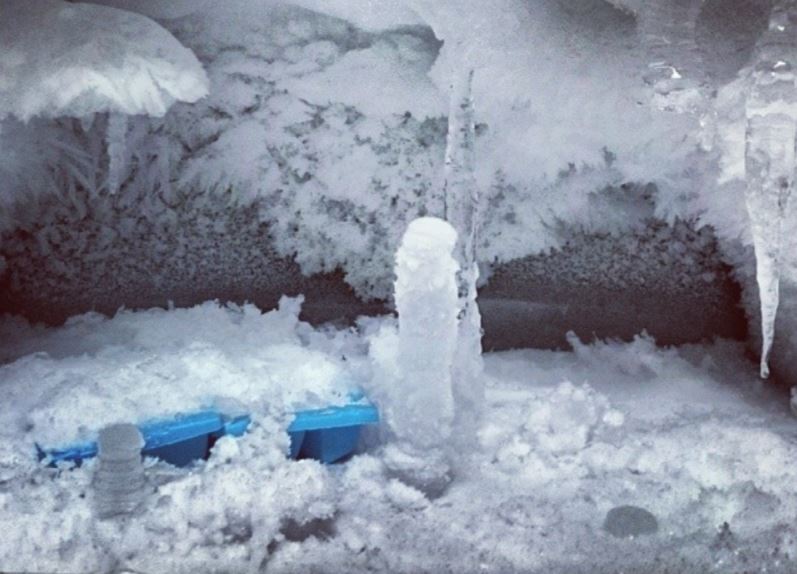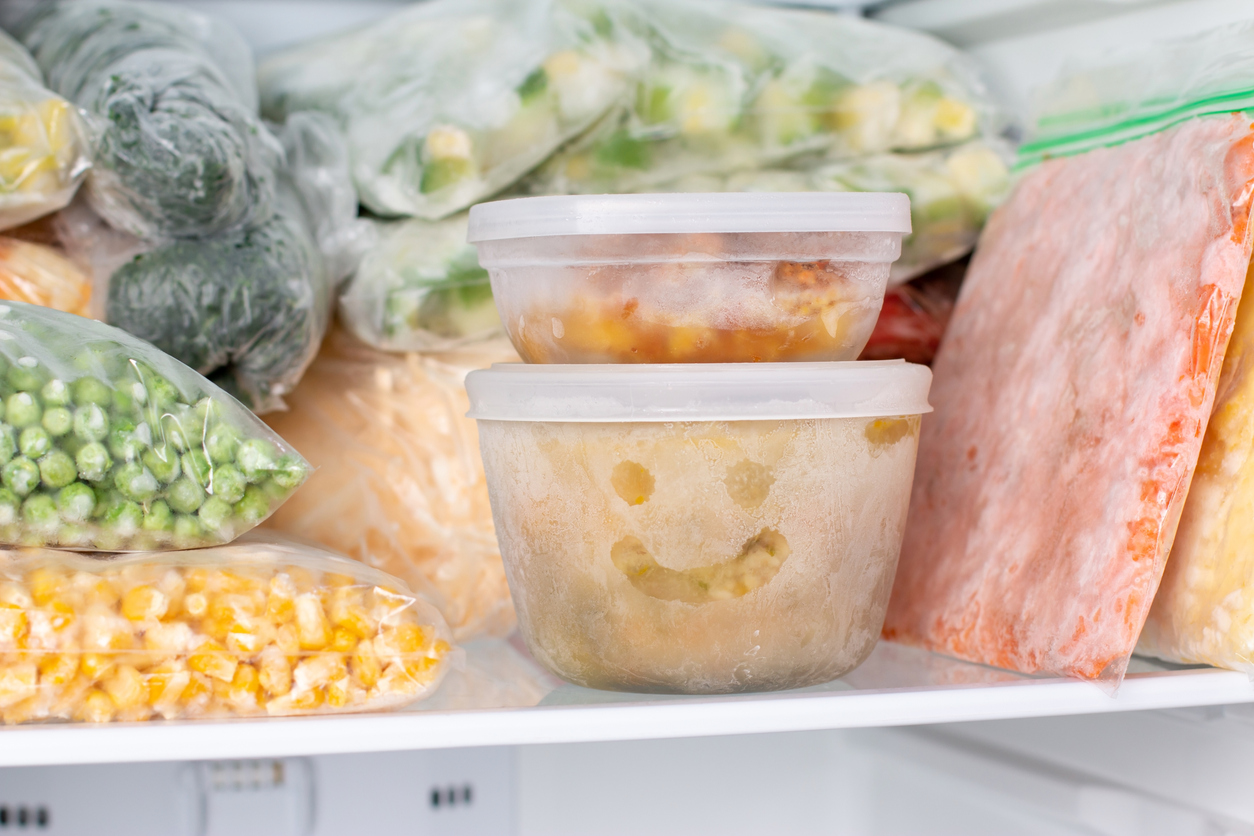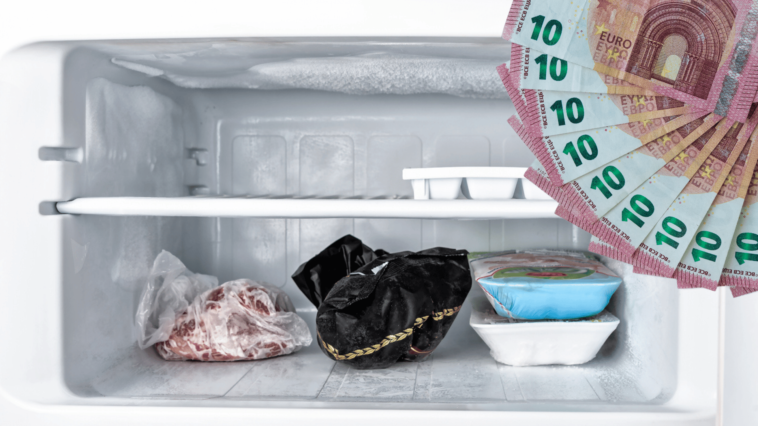The freezer is one of the most energy-intensive household appliances in your home, with consumption peaking at 350 kWh on average over the year. This represents approximately twice the consumption of your fridge, which itself already consumes a lot of electricity. Fortunately, with a few good daily usage habits, you can very easily reduce your energy bills. So, follow all these recommendations to reduce your consumption by at least 40% per year.
Combine these techniques with our other tips for making big savings with your electrical appliances, and you will see a real difference in your budget over the months.
1) Place your freezer strategically to limit its consumption
Of course, sometimes we are limited by the size or layout of our kitchen. However, as far as possible, it is necessary avoid placing your freezer near a heat sourcewhether it is a radiator, hob or oven. Also be careful of the sun’s rays which may cause your device to overheat. The more it is protected from heat, the less it will need to consume to stay at the right temperature. This will therefore allow it to consume less energy.
2) Don’t forget to defrost it

Defrosting your freezer has a direct impact on the way they consume. If you want to save money, you will absolutely have to go through the defrosting box. Indeed, far from preserving freshness inside, even a very thin layer (3 mm thick) will cause the freezer to consume twice as much electricity compared to a defrosted appliance. Also, remember to do it every six months at least (the technique here).
3) Choose the right settings for reasonable freezer consumption
For optimal preservation of frozen foods, it is not necessarily necessary to opt for the freshest setting. Your frozen foods can be perfectly preserved at a temperature of -18°C which will be more than sufficient without overconsuming energy. And if you can no longer refer to the manual to guide you in the adjustment, remember to slip a thermometer inside to make sure. You can then use it in the fridge to check that you do not exceed 4 to 5°C.
4) Clean the rack at the back of the freezer
We never think to look at what’s going on behind our fridge-freezer duo, and yet, it wouldn’t do them any harm. In fact, the grid tends to quickly become clogged. However, the freezer uses it to dissipate the heat it produces. This clogging will therefore increase its consumption, because its motor will activate to eliminate the accumulated heat. So remember to remove the dust from it from time to time to consume less electricity. Also remember to check the condition of the joints which may become less watertight over time. This causes you to lose fresh air and your device must fuel even more to maintain its temperature.
5) Use your freezer wisely to reduce consumption

To prevent the interior temperature from increasing too quickly, remember to close the freezer door quickly. This will prevent it from consuming a lot of energy to return to the right temperature. Here, a good organization is a key element in not having to spend too much time looking for what you need. To do this, avoid overloading drawers or shelves. For optimal operation, it is estimated that a three-quarters filling is ideal. This makes it easy to stabilize the temperature while maintaining good visibility inside.
You can also freeze frozen foods without their packaging to save space and have optimal freezing. If necessary, replace this packaging with suitable boxes or freezer bags. And if your freezer is not full, add some water bottles two-thirds full (to prevent them from exploding) inside. You will thus have sufficient filling to optimize the operation of the freezer and its consumption.
6) While on vacation, unplug your freezer
Before leaving on vacation, empty your appliance of all its food and unplug it. Then let it open to prevent mold from forming inside. This will allow you to make big savings during the time you are away.
7) If its consumption is high, replace your freezer as soon as possible
When your device gets old and gives up the ghost, replace it with a less energy-consuming device. On the market, you can easily find class A+++ devices at a good price.


